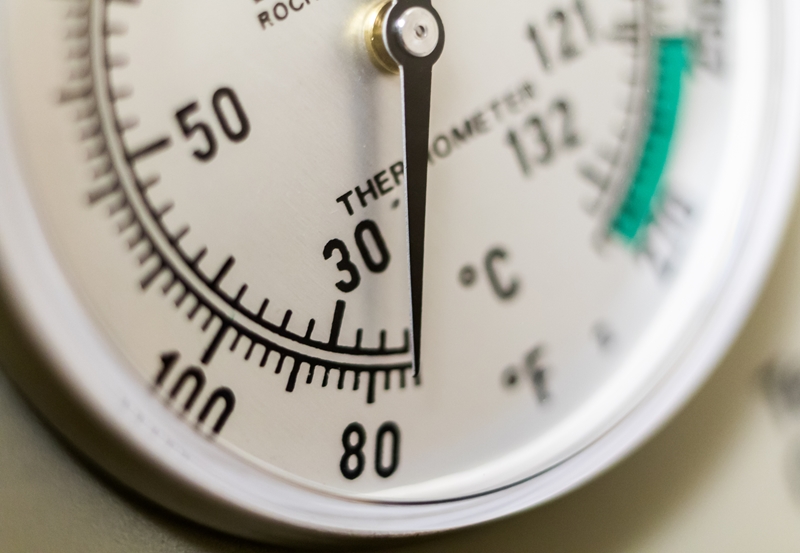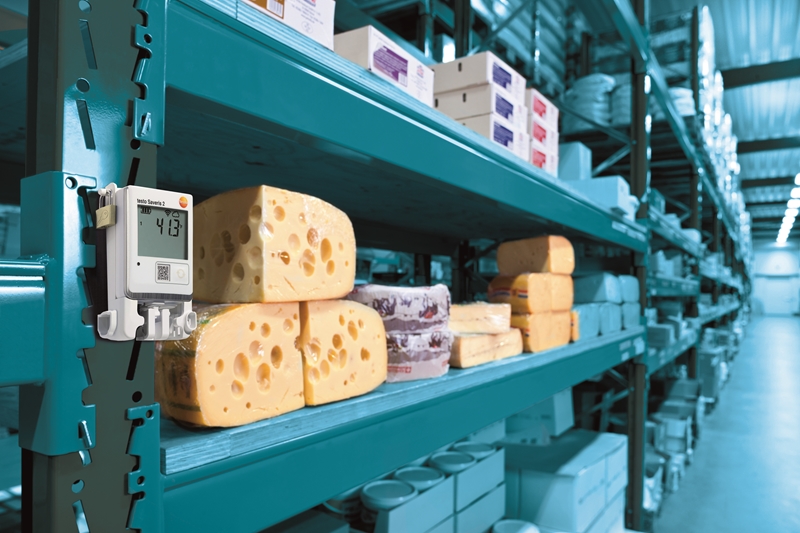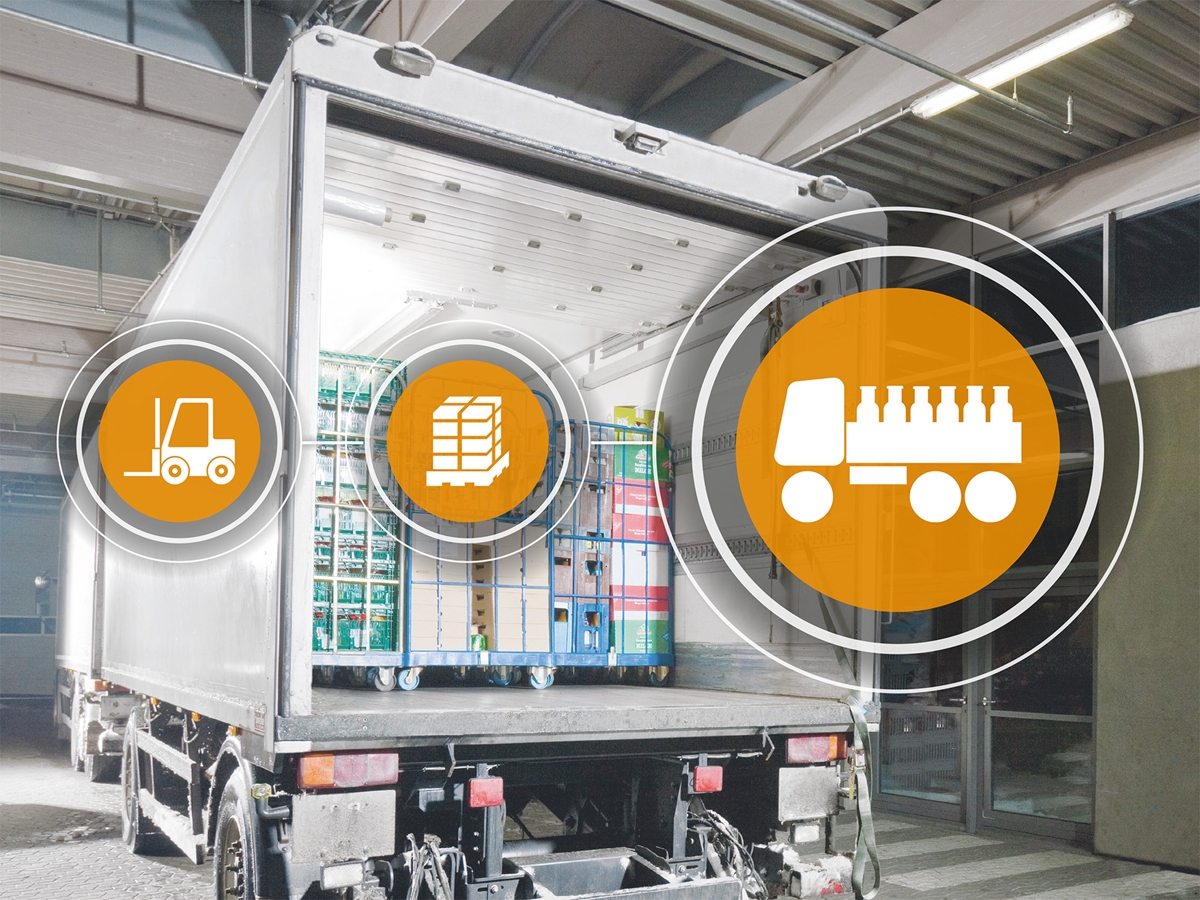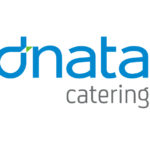No matter your position in the food cold chain – whether your business is in agricultural production and processing, supermarkets or hospitality – monitoring perishable goods' quality is essential. Operators need the best food safety solutions to meet this need. That's where the four benefits of wireless temperature data loggers in the food cold chain come into the mix:
- Continuous temperature monitoring.
- Time-stamping temperature fluctuations.
- Reliable storage of temperature data.
- Easy data accessibility for operators.
Let's take a more in-depth look at these positives and the features that make wireless temperature data loggers such wonderful solutions for ensuring food cold chain quality.
1. Continuous temperature monitoring
From production to transport, and from storage to delivery to supermarkets or restaurants, food is exposed to a range of temperature and environmental condition changes in the supply chain.
Wireless temperature data loggers, when paired with cloud-based software, can offer 24/7 monitoring of your cold chain. This ensures perishable goods don't lapse into a temperature range which could compromise their safety or quality without key personnel knowing.

2. Time-stamping temperature fluctuations
Real-time alerts when stored food falls into an unacceptable temperature range can save on the approximately $20 billion lost from the Australian economy through wasted foodstuffs annually (National Food Waste Strategy). If operators can react to system warnings and move food to a more suitable cold storage area, this would also save food businesses cash in wasted produce.
Data loggers equipped to transmit information wirelessly are able to detect changes in ambient temperature and relative humidity, and instantly send these details to key personnel. This data transfer ability also means that operators can assess key cold chain processes at all times, even remotely.
3. Reliable storage of temperature data
If perishable goods reach their destination and have already spoiled, it can be difficult to assess when an issue arose that pushed temperature conditions beyond desirable levels. Without this information, operators can't make changes in their supply chain processes and cold room facilities to avoid repeating their mistakes.
Wireless temperature data loggers, by monitoring food stock continuously, are equipped to store a large number of data readings within the instrument. Operators can then connect to the logger and check when temperature conditions fell outside a desirable range, making it easier to pinpoint equipment failures or occasions when cold chain workers may have compromised safe storage conditions.

4. Easy data accessibility for operators
The issue with many digital thermometers and other temperature recording solutions is the silo of information that develops. Because these instruments often need to be used manually, or be wired to another device, it can be difficult for operators to access data any time, anywhere.
With a wireless data logger, ambient temperature information (and other relevant cold room environmental factors such as relative humidity and the core temperature of selected stock) can all be accessed easily by personnel with relevant authority and a mobile device. This makes tracking food safety compliance simpler, while being able to share this data as a report or graph makes ensuring high food quality simpler again.
Testo Australia's cold chain data loggers
Food cold chain management is exposed to ample risk, especially as the advent of digital technology and consumer demands widen the gap between pasture and plate. In fact, a 2017 Australian Food and Grocery Council report shows cold chain enterprises now move the average food item in and out of refrigeration control 14 times before end-consumption.
Testo Australia offers a range of cold chain data loggers to help supply chain operators.

The testo Saveris 2
Refrigerator break down can cause a range of significant problems – insufficient cooling will lead to food items falling outside of a suitable storage temperature, which can lead to quality defects and wasted products. This doesn't just represent a time and production cost to businesses. It can also have an impact on the health of consumer if compromised goods are not picked up on.
The testo Saveris 2 WiFi data logger is a sophisticated solution to help operators prevent stock losses. Testo's system offers automatic temperature monitoring in refrigeration equipment, with all data transmitted wirelessly to the Testo Cloud and automatically archived. This means operators can access information needed at any time from any mobile or tablet device connected to the cloud.
Testo's Saveris 2 is also enabled with a smart alarm system to alert operators to when stored goods fall outside of a suitable temperature range. Just set your minimum and maximum temperature range within the data logger and let it do the rest!
For more information about Testo Australia's supply chain monitoring solutions, contact the team today.









 Reduce cooking oil costs while ensuring quality
Reduce cooking oil costs while ensuring quality Expert knowledge on CO2 monitoring
Expert knowledge on CO2 monitoring Refrigeration knowledge - in 3 modules
Refrigeration knowledge - in 3 modules



